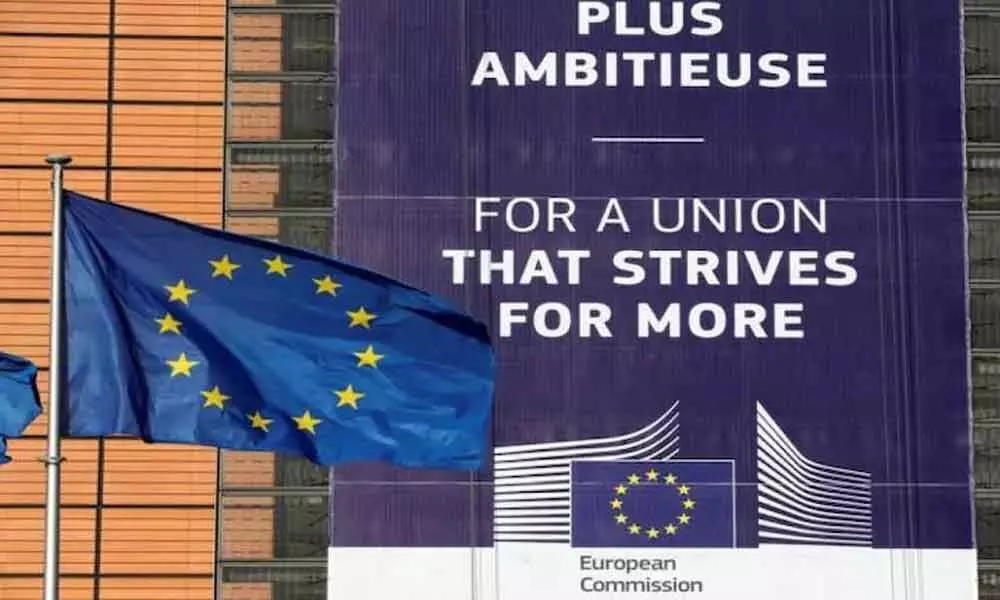EU recovery plans aim to benefit the entire Europe

On May 27 the European Commission set out its proposals for a recovery plan in response to the economic impact of the Covid-19 pandemic crisis
On May 27 the European Commission set out its proposals for a recovery plan in response to the economic impact of the Covid-19 pandemic crisis.
President of the Commission, Ursula von der Leyen said that the recovery plan turns the pandemic challenge into an opportunity not only by supporting the recovery but also by investing in the shared future.
The European Green Deal and digitalisation would boost jobs and growth. It is a 750 billion euros aid package, and everyone gets it share, no doubt.
How does it plan to go about it? Well, the Commission plans to borrow the hefty sum on the financial markets and then distribute it to member States between 2021 and 2024, with those who've suffered the most economically getting the bigger share. The fund is the sum of many parts.
Some 560 billion euros will pay for a "Recovery and Resilience Facility" that will go directly to governments. There will also be a 31 billion-euro scheme to support solvent companies that need temporary state aid, and 9.4 billion euros to prepare for future health crises, she suggested. Of course, Italy and Spain will be the biggest beneficiaries, while Germany will receive relatively little.
The EU will pay back investors via its own budget over a long period — as much as four decades. Von der Leyen will have a tough time selling all of this to the so-called "frugal four," which includes Sweden, Denmark, Austria and the Netherlands. They prefer loans over grants because they fear some of this money will be misspent, reports suggest. Here is the catch anyway.
Will the next generation Europeans agree to pay for the rescue package necessary now? Von der Leyen was clear in saying that it is a pact with the Gen Next. If the next generation does not want to pay for it and if the EU cannot bank on it now, the former may not have much on hands to do.
The next generation should know it better anyway. The investments will go into Green things and for digital transformation which will be prioritised now. Along with the proposed 1.1 trillion euros budget for 2021-27 this amount would bring to 1.85 trillion euro the amount that the commission says would kick start its economy and ensure Europe bounces forward.
It is highly commendable that the EU could think of the unthinkable so far. It never had this vision in its planning so far. In fact, what the EU has done now is perhaps, what the others have to emulate too.
Planning for the future does not mean just planning the revival of the existing business systems. A new environment has to be created and new businesses have to sprout up.
The EU plan has strings attached to it, since governments will have to present reform programs to receive support.
Whatever may be the doubts it raises due to certain clauses, it should be noted that it would lead to a common taxation system too and finally to a common treasury, EU treasury, that would benefit the entire Europe.


















